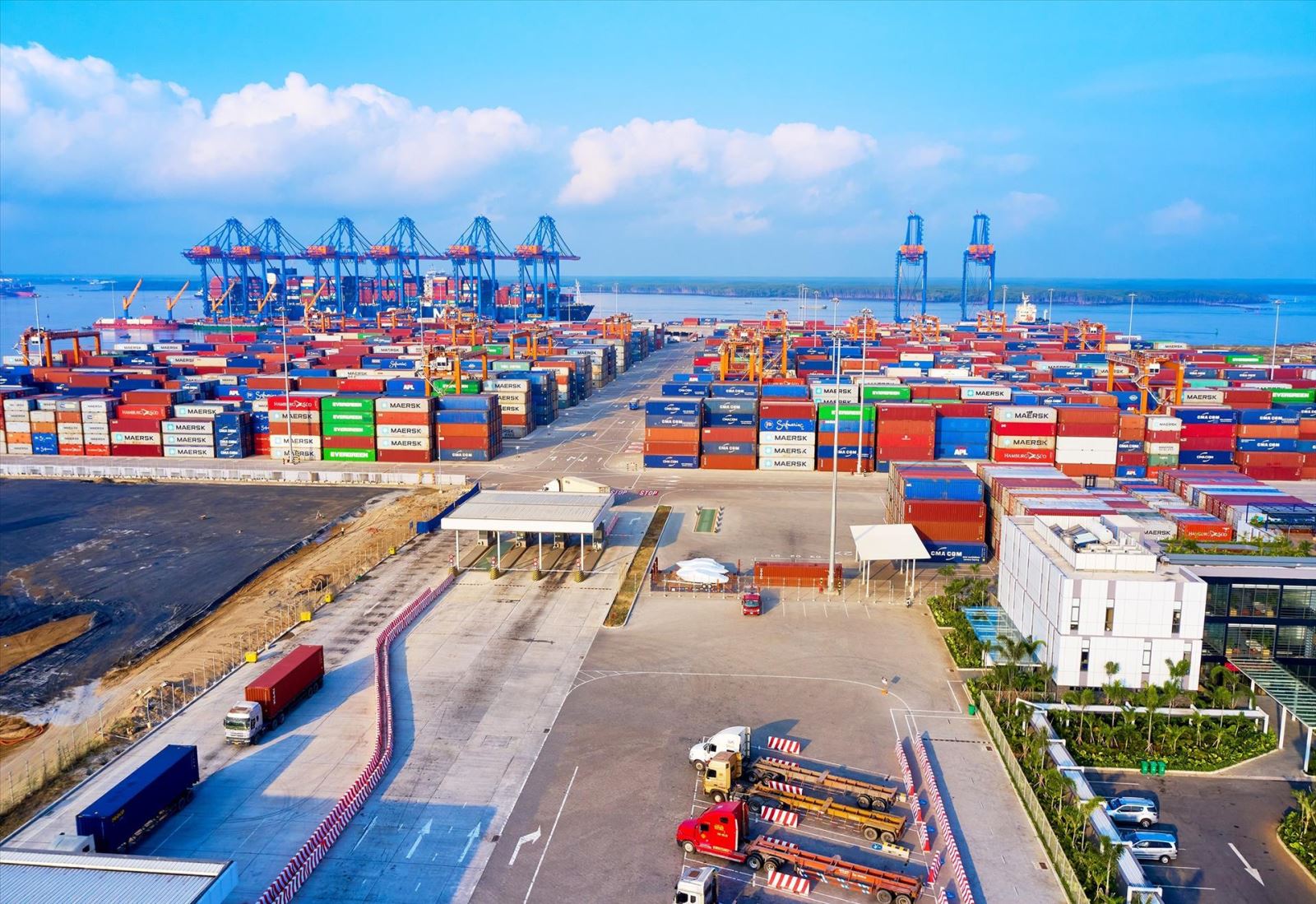
Gemalink International Port in the Cai Mep - Thi Vai deep-water port cluster, Phu My town, Ba Ria - Vung Tau province is the southern hub specializing in exporting goods to the Chinese market. Photo: VNA
Amid rising protectionism and unilateral measures, China and Vietnam are accelerating industrial upgrading and digital transformation to seize growth opportunities in key areas such as advanced manufacturing, green energy, smart logistics, e-commerce, and regional supply chain integration.
Professor Wan Zhe, an expert on regional economic development at Beijing Normal University, said the two countries are on track to establish deeper and more dynamic economic ties in the coming years, with aspirations towards recovery and sustainable growth. In recent years, trade relations between the two sides have recorded many significant advances. Vietnam is currently implementing a series of key strategies such as the National Strategy on Green Growth for the 2021-2030 period, with a vision to 2050; the National Strategy on Research, Development and Application of Artificial Intelligence to 2030; and the National Strategy on the Fourth Industrial Revolution to 2030.
According to Professor Wan Zhe, these future-oriented initiatives have significantly increased Vietnam’s attractiveness as an investment and innovation destination, attracting significant capital and technology flows from China and other countries. She believes that this growing synergy is laying a solid foundation for extensive economic and technological cooperation between the two countries.
Latest figures from China’s Ministry of Commerce show that Vietnam has become one of China’s key foreign investment destinations. In the first eight months of 2024, Chinese enterprises invested US$1.97 billion in Vietnam, marking a rapid growth rate.
According to statistics from the General Administration of Customs of China, trade between the two countries in 2024 reached 1.85 trillion yuan (US$254.05 billion), up 14.6% year-on-year, thanks to growth in merchandise trade and benefits from RCEP. This growth continued in the first two months of this year, with bilateral trade reaching 270.96 billion yuan, up 8.2% year-on-year.
China’s exports to Vietnam include machinery, telecommunications equipment, electronic components, industrial raw materials, trains, ships, trucks, household appliances and construction materials. In return, Vietnam exports to China a wide range of agricultural and aquatic products such as seafood, fruits, coffee, rice; as well as smartphones, computers, rubber, footwear, clothing and furniture.
Gao Lingyun, a researcher at the Institute of World Economics and Politics (under the Chinese Academy of Social Sciences), said that in the medium and long term, China and Vietnam tend to deepen their complementarity and division of labor, rather than compete directly. This stems from the fact that the two countries are at different stages of development and have different advantages. China currently leads in manufacturing capacity and high-end technology, while Vietnam has strengths in the assembly sector and a young, highly skilled workforce. In addition, free trade agreements such as the European Union-Vietnam Free Trade Agreement (EVFTA) and the Comprehensive and Progressive Agreement for Trans-Pacific Partnership (CPTPP) also open up many new opportunities.
Sharing this view, Professor Lan Qinxin, an expert on cross-border investment at the Beijing University of International Business and Economics, said that Vietnam has competitive advantages and outstanding market potential compared to other Southeast Asian countries, as well as India and Mexico, thanks to its geographical location close to China and open investment policies. The professor emphasized that it is this complementary dynamic that is promoting a mutually beneficial partnership, while strengthening the depth and adaptability of China-Vietnam economic relations.
A specific example is textile and chemical fiber manufacturer Ningbo Dafa Chemical Fiber Co., Ltd., in Ningbo City, Zhejiang Province, which is actively seeking new opportunities in the Vietnamese market. "Vietnam's furniture industry is developing strongly, and the demand for textile fibers and synthetic materials is also strong," said Wang Ling, the company's sales director. According to statistics from Ningbo Customs, in the first two months of this year, the company's export value to Vietnam reached 20.64 million yuan, up 10.3 percent year-on-year.
According to Baotintuc.vn
Source: https://baohoabinh.com.vn/12/200209/Quan-he-thuong-mai-Trung-Quoc-Viet-Nam-nang-len-tam-cao-moi.htm





![[Photo] Prime Minister Pham Minh Chinh and Prime Minister of the Kingdom of Thailand Paetongtarn Shinawatra attend the Vietnam-Thailand Business Forum 2025](https://vphoto.vietnam.vn/thumb/1200x675/vietnam/resource/IMAGE/2025/5/16/1cdfce54d25c48a68ae6fb9204f2171a)


![[VIDEO] - Enhancing the value of Quang Nam OCOP products through trade connections](https://vphoto.vietnam.vn/thumb/402x226/vietnam/resource/IMAGE/2025/5/17/5be5b5fff1f14914986fad159097a677)



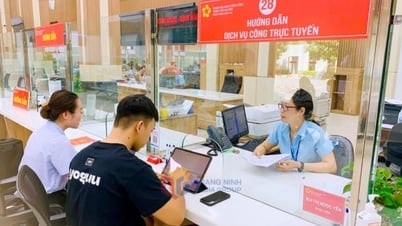



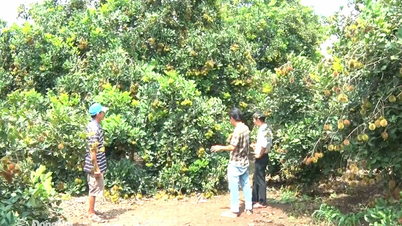











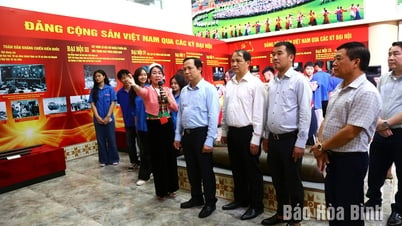

![[Photo] President Luong Cuong receives Prime Minister of the Kingdom of Thailand Paetongtarn Shinawatra](https://vphoto.vietnam.vn/thumb/1200x675/vietnam/resource/IMAGE/2025/5/16/52c73b27198a4e12bd6a903d1c218846)



































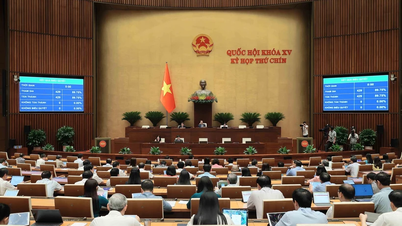






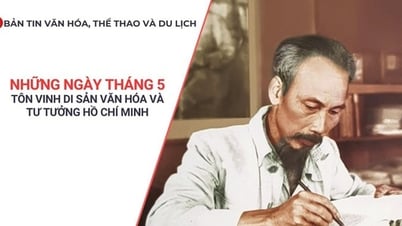

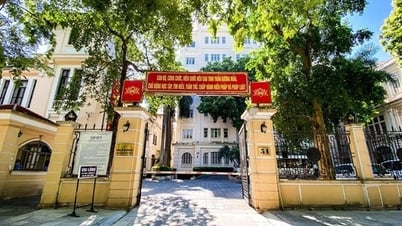






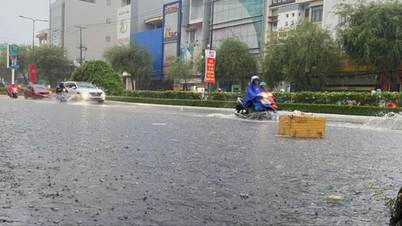












Comment (0)